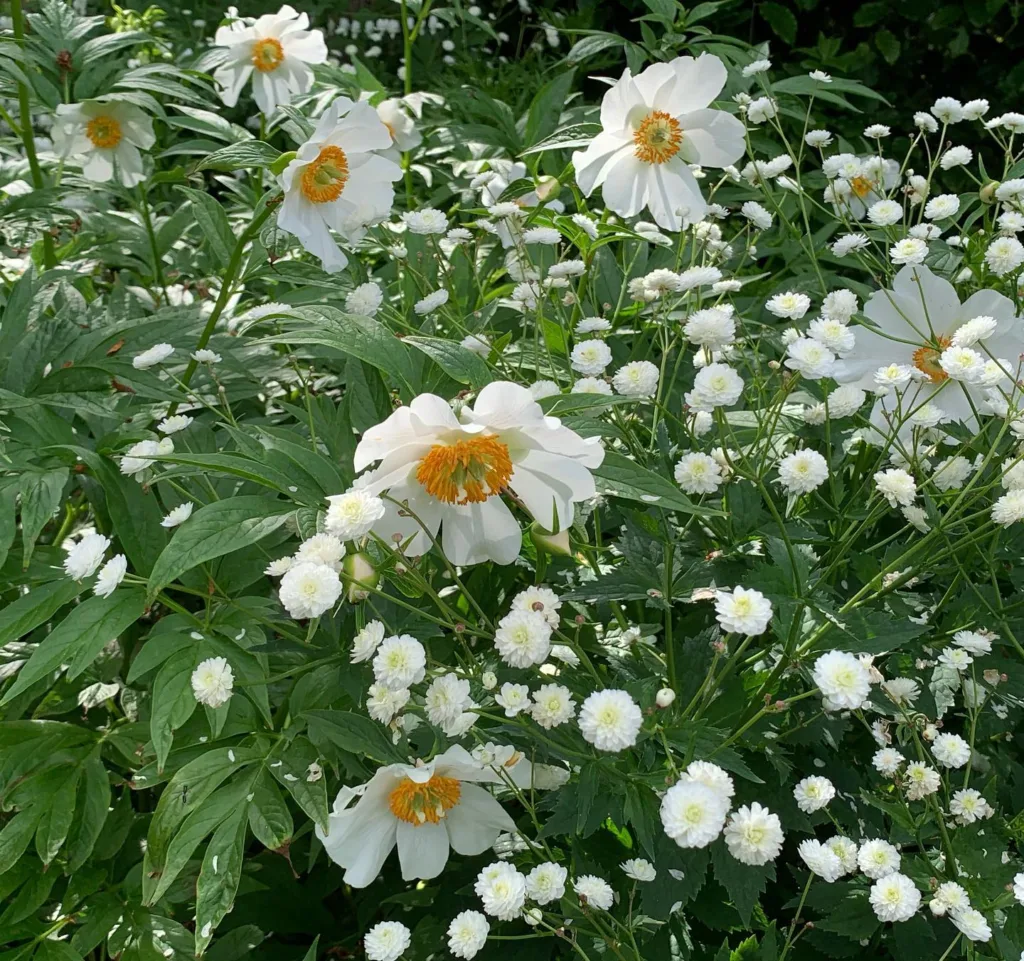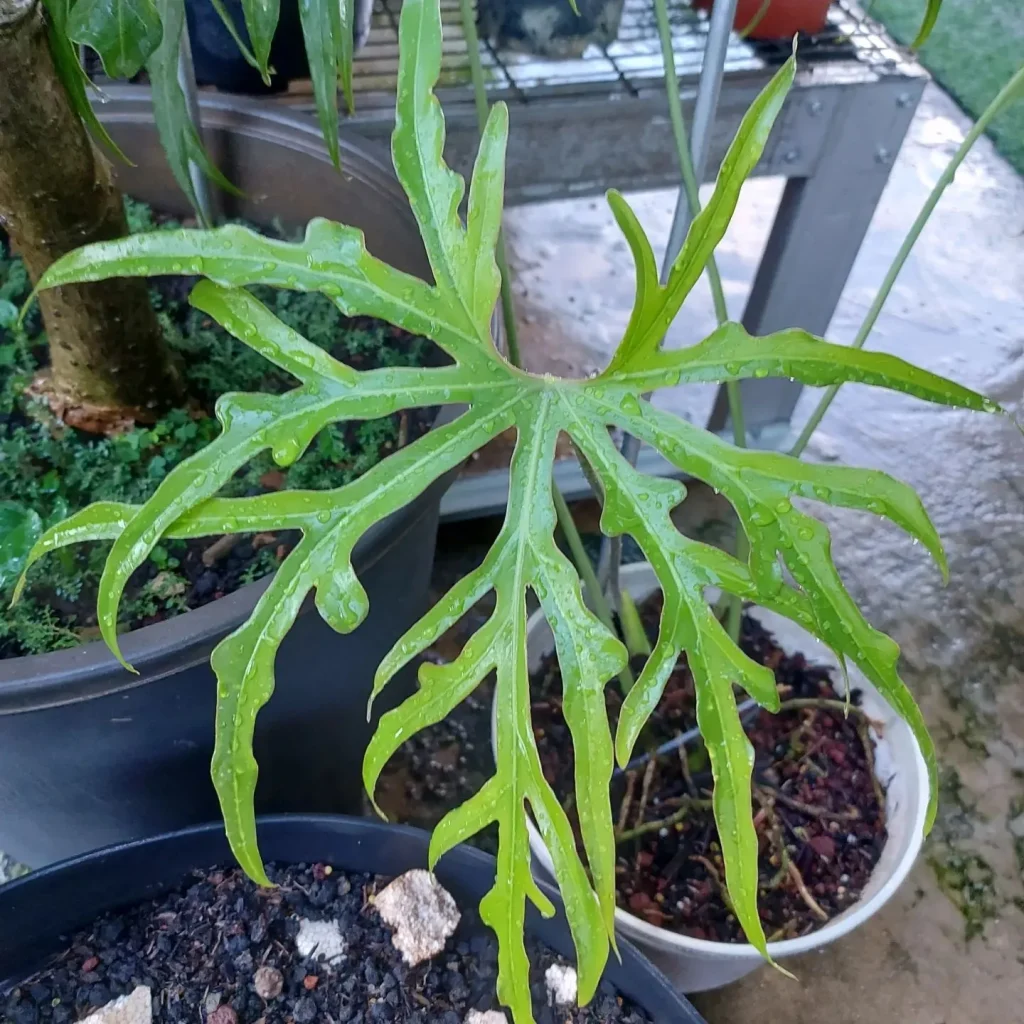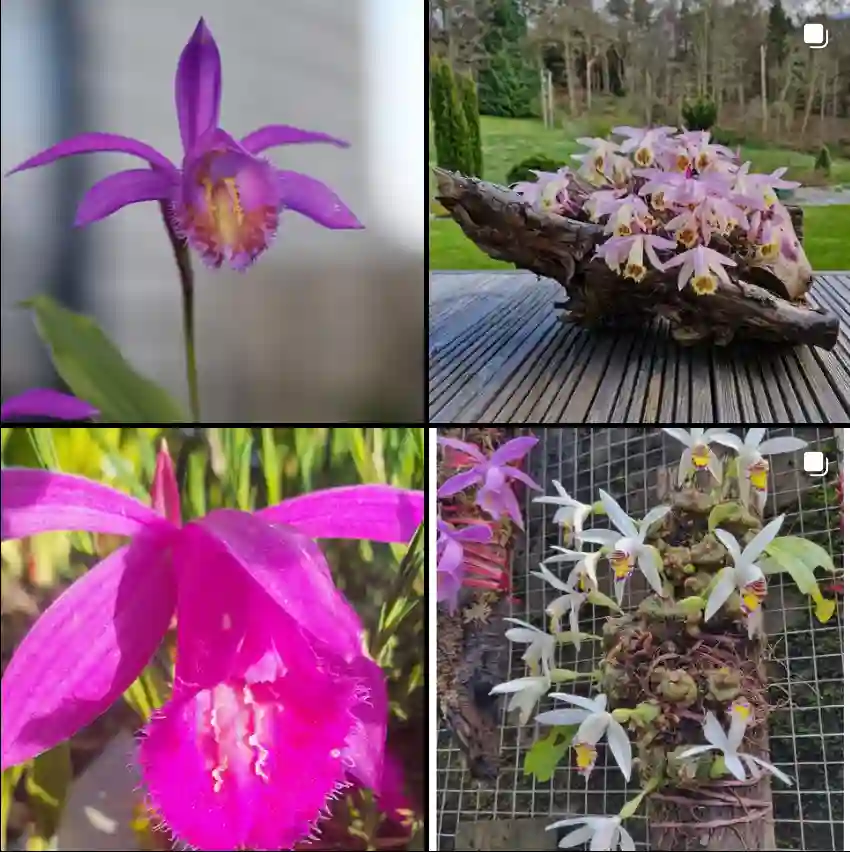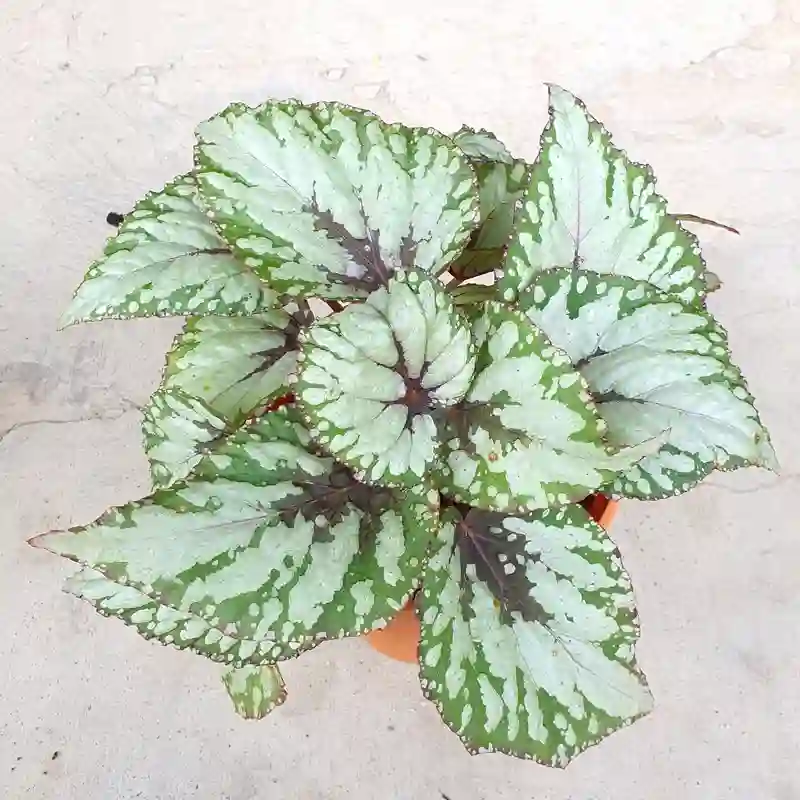FAQs about Canna Coccinea
Canna Coccinea, with its vibrant red flowers and lush foliage, has captured my heart as one of my favorite garden plants. I often get questions about this stunning tropical beauty, so I’ve compiled a comprehensive FAQ to help fellow plant enthusiasts. Let’s dive in!
What is Canna Coccinea?
Canna Coccinea is a perennial flowering plant belonging to the Canna genus. Native to tropical regions, it’s renowned for its large, colorful blooms and broad, paddle-like leaves. The flowers can reach heights of three to four feet, making it a striking addition to any garden. Its bright red flowers are particularly appealing to hummingbirds and butterflies, adding life and movement to the landscape.
Plant Family: Cannaceae – 12 Species in Genus Canna
How to Care for Canna Coccinea?
Caring for Canna Coccinea is relatively straightforward. Here are the essential tips I’ve found helpful:
Light Requirements
Canna Coccinea thrives in full sun to partial shade. I’ve noticed that in sunny spots, the blooms are more abundant, but it can tolerate some shade, especially in hotter climates. Aim for at least six hours of sunlight daily.
Soil and Watering
Well-draining soil is crucial for these plants. I use a mix of potting soil with compost to ensure good drainage. When it comes to watering, I keep the soil consistently moist but not soggy. During hot spells, I’ve found that they appreciate a little extra water.
Fertilizing
I fertilize Canna Coccinea every few weeks during the growing season with a balanced fertilizer. This encourages robust growth and vibrant blooms. I usually opt for a liquid fertilizer that I dilute in water for easy application.
Pruning
After the blooming season, I prune back the spent flowers and foliage. This helps the plant conserve energy for the next blooming cycle. I find it’s a great way to keep the plant looking tidy and healthy.
How to Propagate Canna Coccinea?
Propagating Canna Coccinea can be done through division or seed propagation. I prefer division because it’s quick and effective:
Division
- In early spring, I dig up the rhizomes carefully.
- I then separate the rhizomes, ensuring each piece has at least one healthy bud.
- After replanting them, I water them thoroughly.
Seed Propagation
While I don’t usually propagate by seed, it’s possible. I’ve found that collecting seeds from the spent flowers can be rewarding, though it requires patience as the germination process can be slow.
What to Plant with Canna Coccinea?
Canna Coccinea pairs beautifully with various plants. I often combine them with:
- Tropical plants: Such as elephant ears or bird of paradise, which complement their exotic look.
- Ornamental grasses: For a stunning contrast in texture.
- Annuals: Like marigolds or zinnias, which add seasonal color to the garden.
This combination not only enhances the beauty of the Canna but also creates a vibrant, lively garden atmosphere.
Is Canna Coccinea Toxic?
Canna Coccinea is considered non-toxic to humans and pets, which is a relief for those of us with curious pets. However, while it’s not harmful, I still recommend keeping any plant out of reach of young children or pets just to be safe.
Benefits of Canna Coccinea
Beyond its aesthetic appeal, Canna Coccinea offers several benefits:
- Wildlife attraction: The flowers draw in pollinators, including bees and butterflies, enhancing biodiversity in the garden.
- Foliage: The large leaves provide excellent ground cover, helping to suppress weeds.
- Versatile use: I’ve used Canna Coccinea in borders, containers, and even as a focal point in garden beds.
Common Problems
Despite its resilience, Canna Coccinea can face a few issues. Here’s what I’ve encountered:
Pests
Watch out for aphids and spider mites. I’ve found that regularly checking the undersides of leaves helps catch infestations early. A simple spray of neem oil usually does the trick.
Fungal Issues
Overwatering can lead to root rot and fungal diseases. To avoid this, I ensure proper drainage and avoid letting the plant sit in standing water.
Compare with Similar Plants
Many gardeners often confuse Canna Coccinea with other similar-looking plants, such as:
- Canna Indica: Often taller and with slightly different flower colors.
- Hedychium: Also known as ginger lilies, which have a more delicate look and scent.
While they share some characteristics, Canna Coccinea’s robust nature and vibrant red flowers set it apart in the garden.
Conclusion
Canna Coccinea is a stunning addition to any garden, bringing vibrant color and attracting wildlife. Its care requirements are manageable, making it accessible for both novice and experienced gardeners. I hope this FAQ helps you appreciate and care for this beautiful plant as much as I do!
If i die, water my plants!



